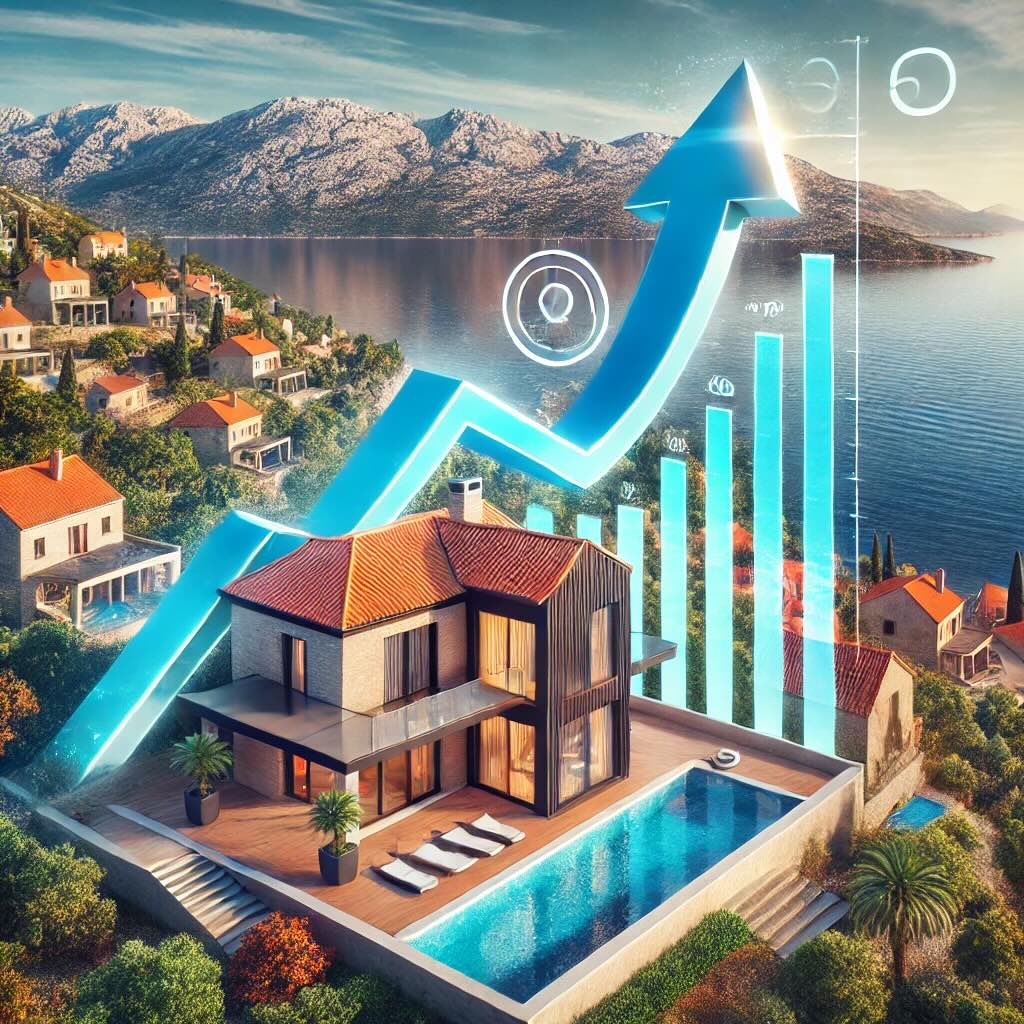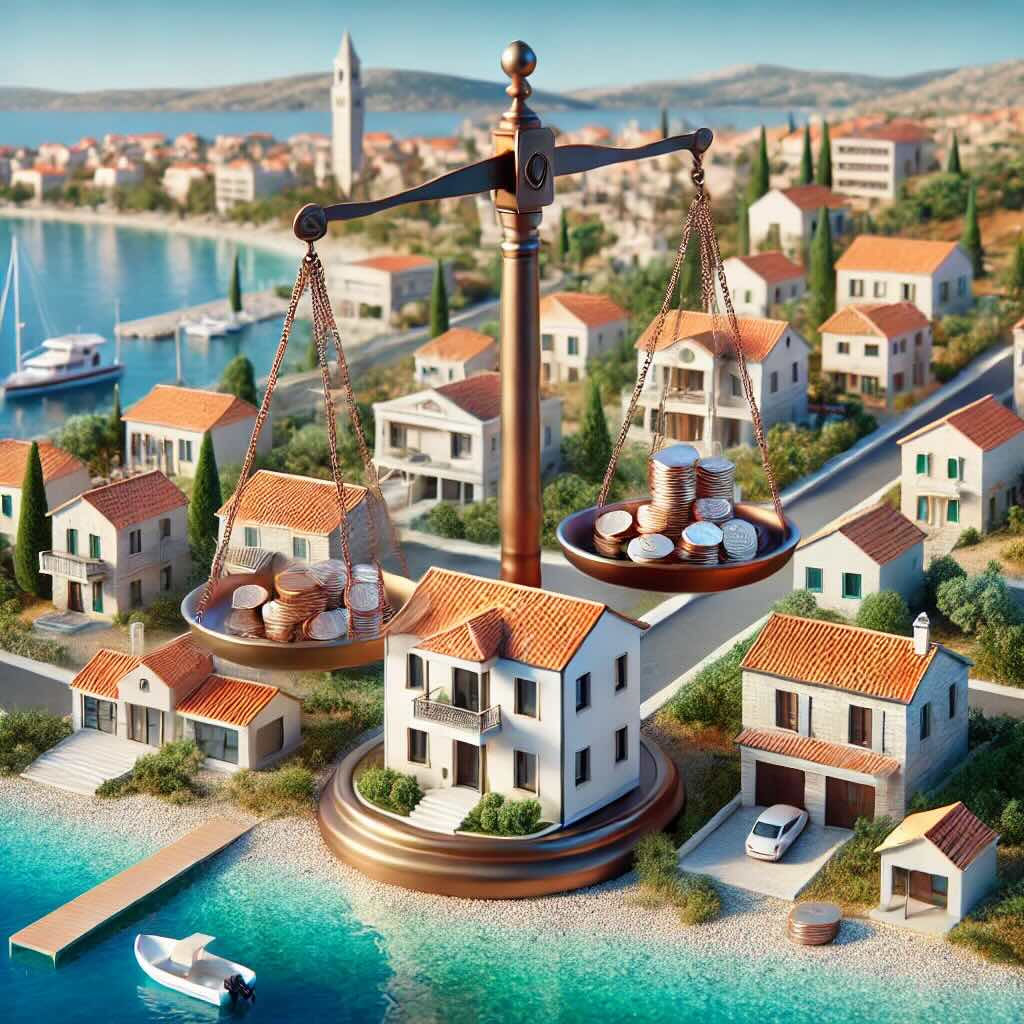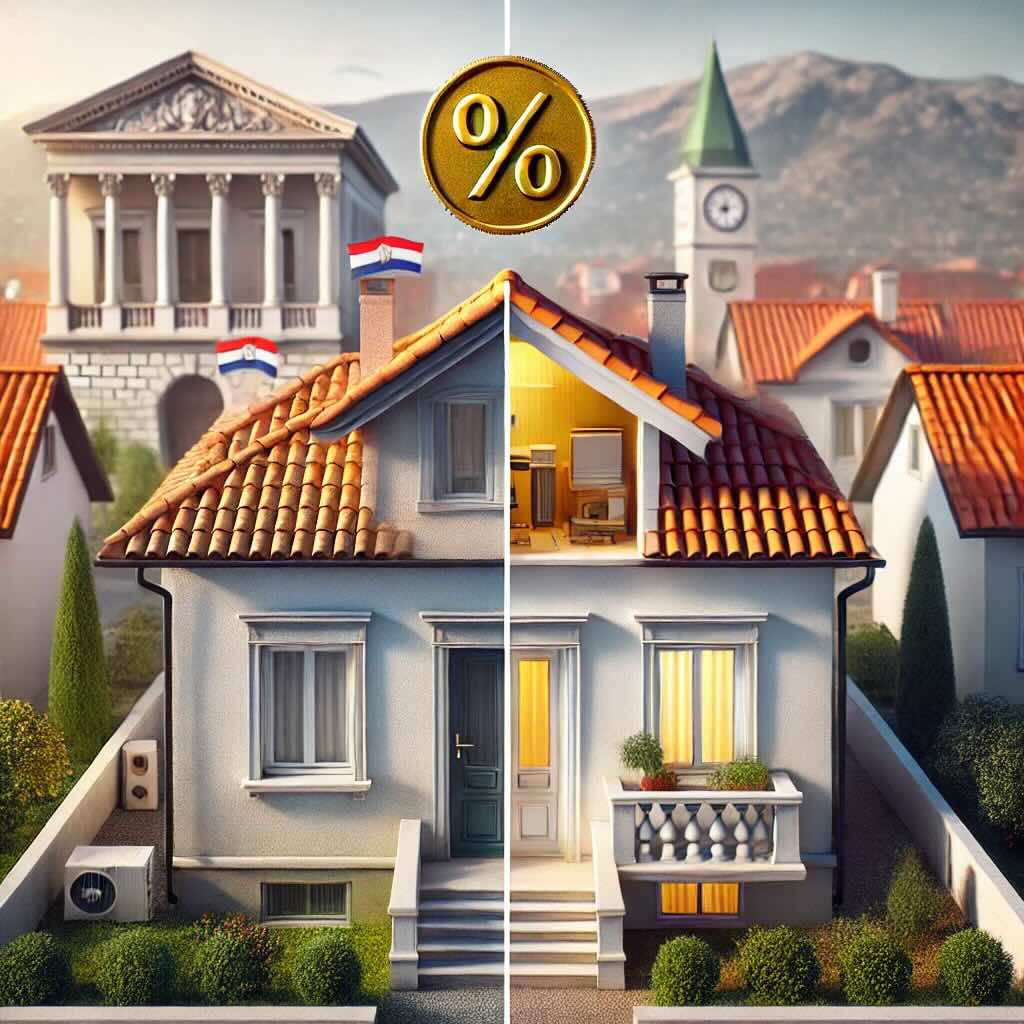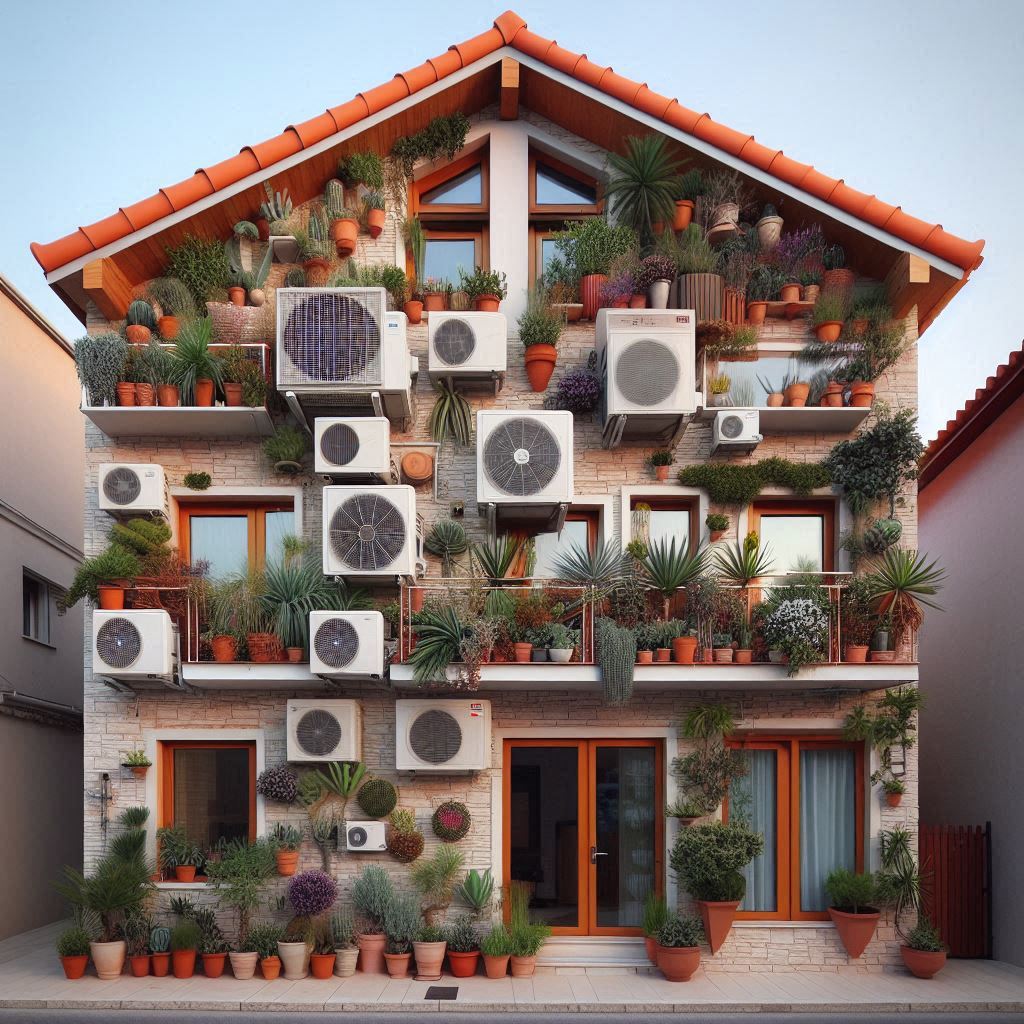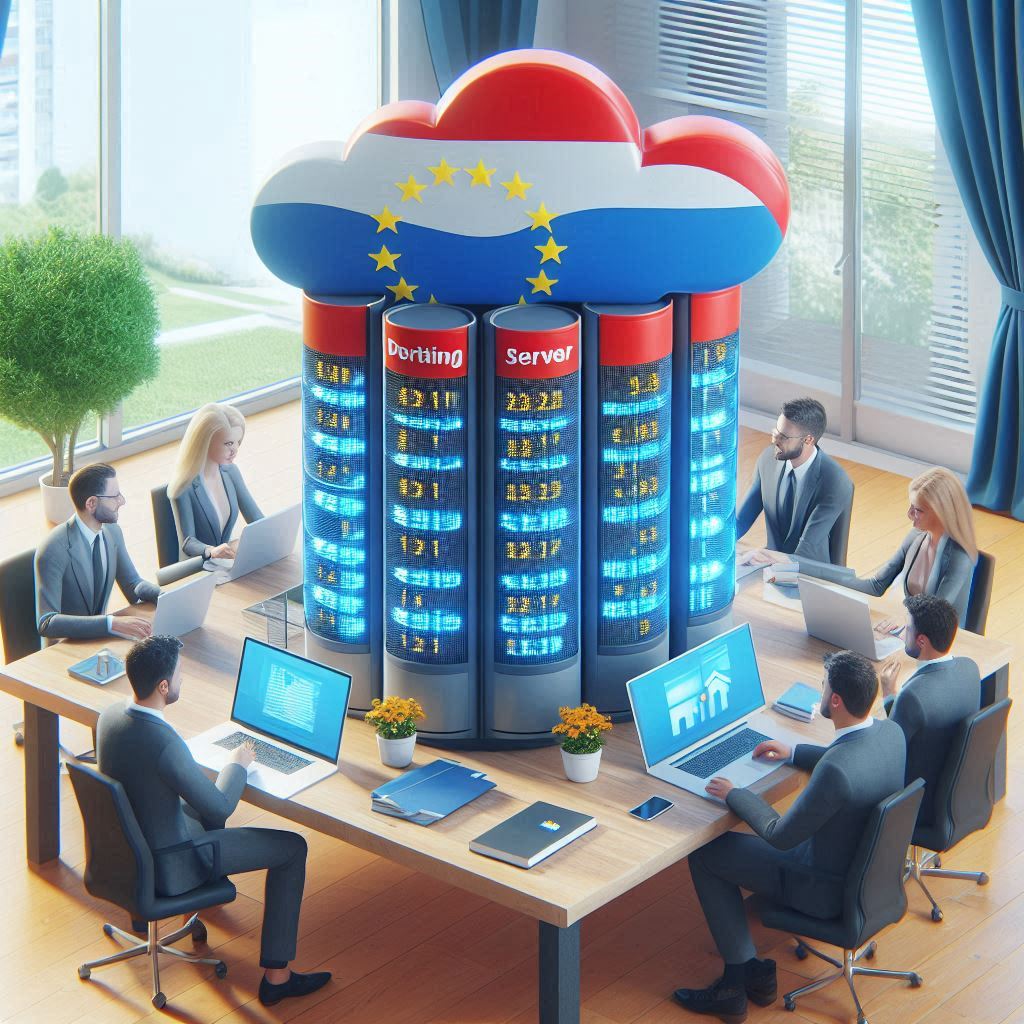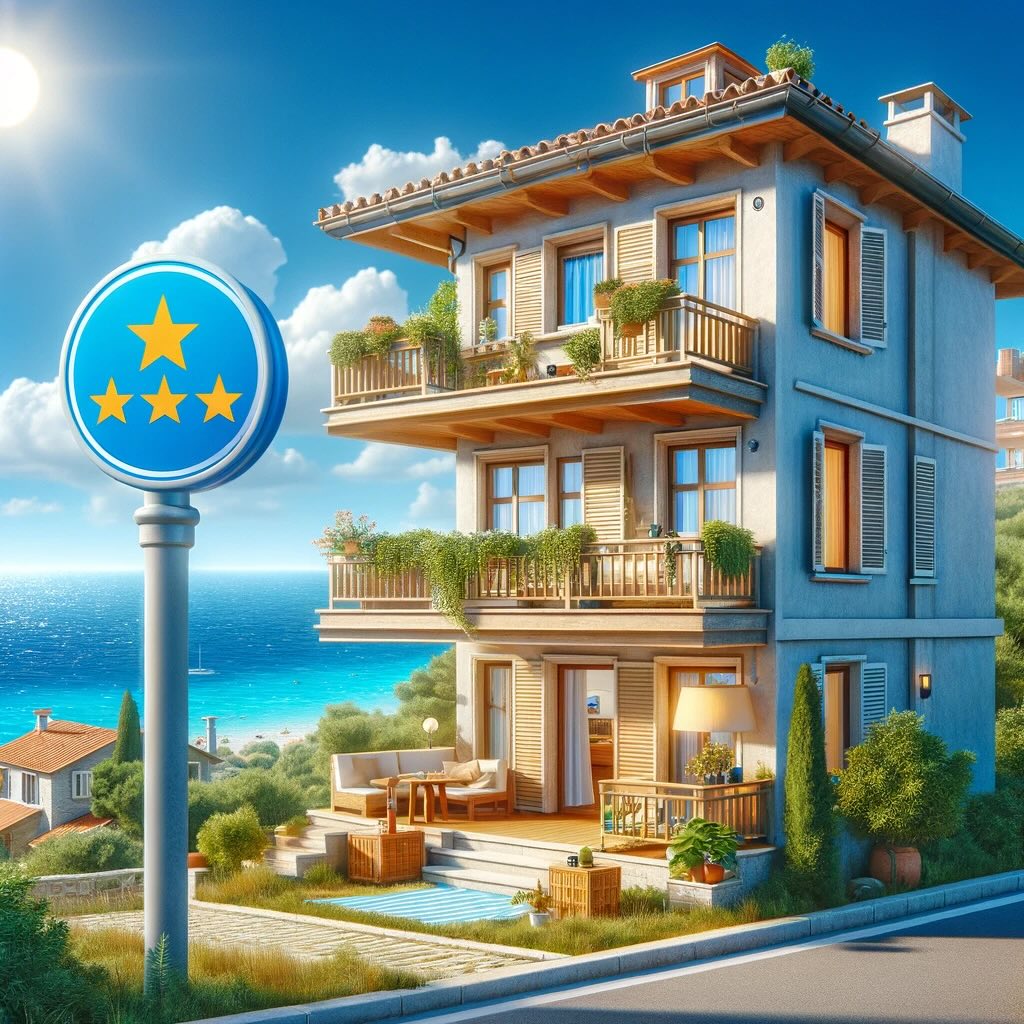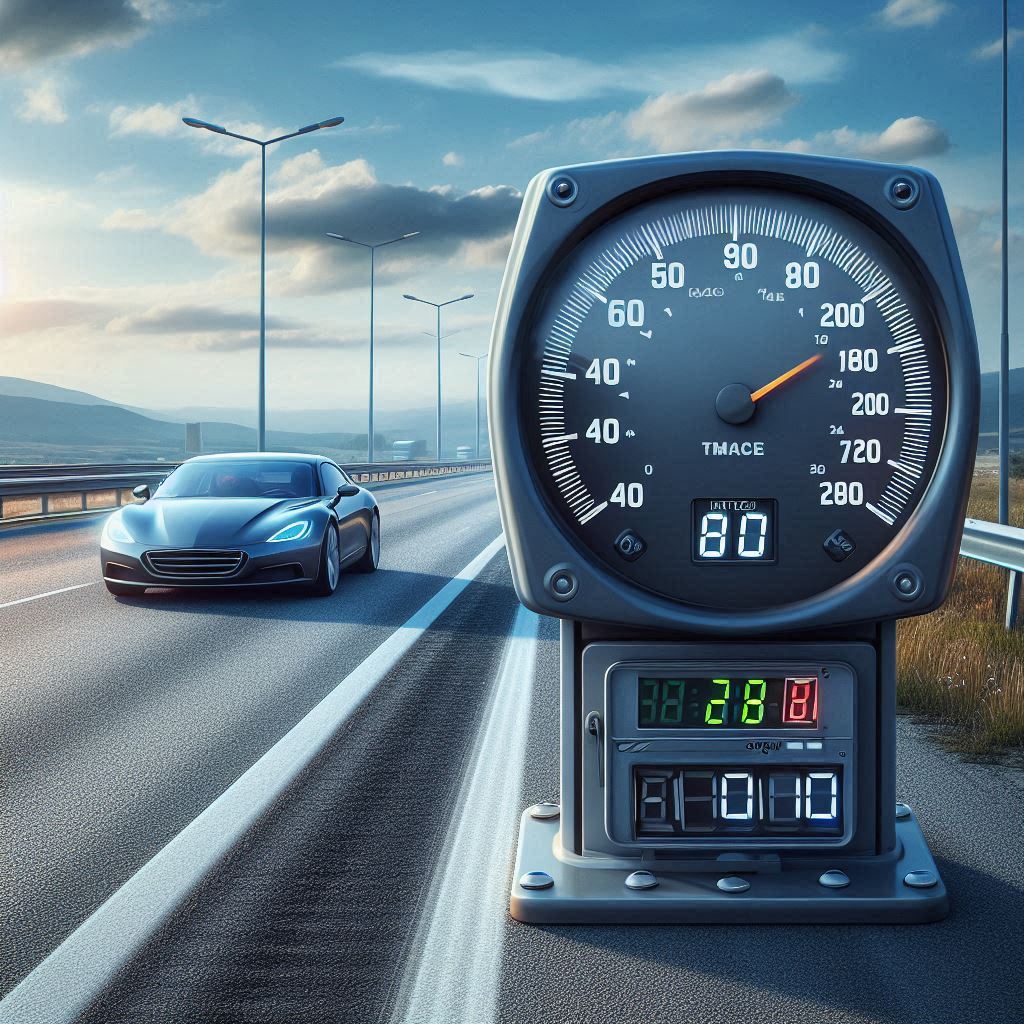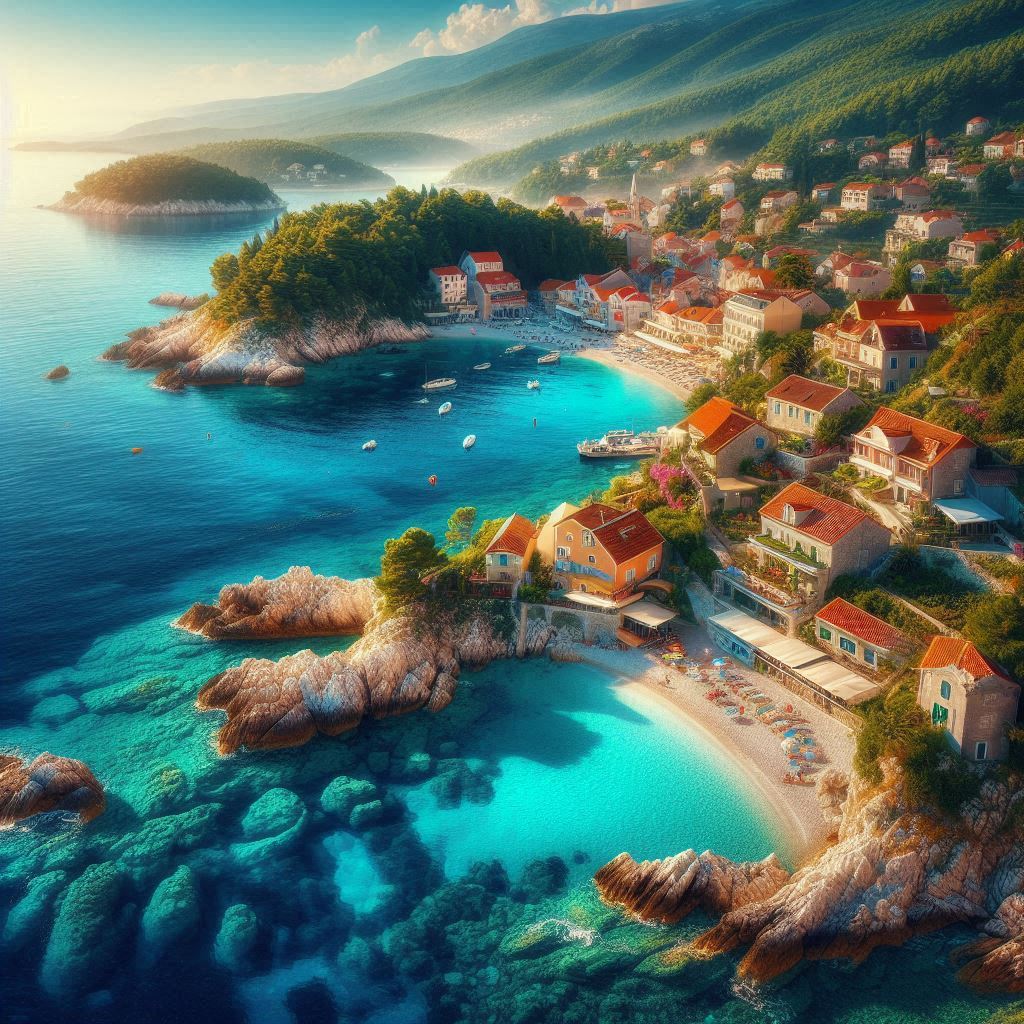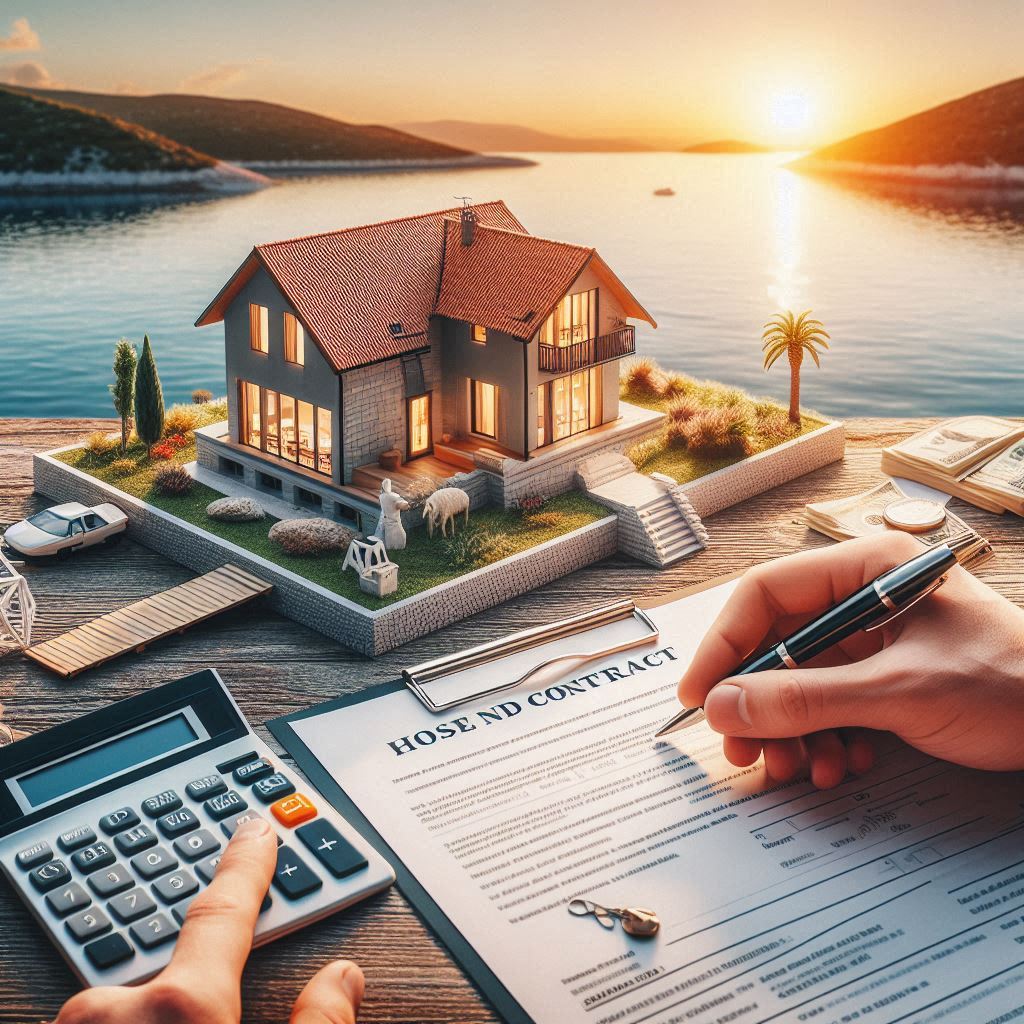
Tax Burden on Property Rentals in Croatia
One of the key factors affecting rental yield in Croatia is the tax burden. Renting properties in Croatia is taxed at both the individual and corporate levels.- Income Tax: Rental income is subject to income tax, which is progressive based on the amount of income. In 2024, income tax on rental income ranges from 10% to 30%, depending on the annual income.
- Value Added Tax (VAT): Landlords must register for VAT, which is 25%. However, this tax primarily applies to short-term rentals, although there are exceptions that do not require registration.
- Local Taxes: Some municipalities also impose local rental taxes, which can vary depending on the location.
Property Maintenance Costs
Keeping a property in good condition is essential to ensuring a steady rental income, whether it's a long-term or short-term rental. Average annual maintenance costs for properties in Croatia vary depending on the type and size of the property:- Apartment Maintenance: For apartments or smaller residential units, average maintenance costs range from 1,000 to 3,000 EUR per year.
- Family House Maintenance: For larger houses, especially those with a pool or extensive grounds, maintenance costs can reach 5,000 to 10,000 EUR per year. These costs include regular garden maintenance, pool upkeep, repairs, and regular utility expenses.
Average Prices for Long-Term and Short-Term Rentals
Rental prices in Croatia vary significantly depending on the region and type of rental. While inland areas offer lower prices, coastal regions like Dalmatia or Istria see higher rents, especially during the tourist season.- Long-Term Rentals: Average prices for long-term rentals range from 400 to 800 EUR per month for smaller apartments, depending on the location. Family houses can reach prices between 800 and 1,500 EUR per month.
- Short-Term Rentals (Seasonal Tourist): Prices for short-term rentals are significantly higher, especially during the peak tourist season. During the summer, weekly rental prices for a small seaside apartment can range from 700 to 1,500 EUR. For larger properties or houses with a pool, prices can reach up to 3,000 EUR per week.
So, What is the Rental Yield in Croatia?
The rental yield in Croatia depends on several key factors – from the tax burden and maintenance costs to rental prices and property location. For investors, it is important to carefully consider all these aspects and conduct thorough analysis to maximize returns.If you are looking for high returns, tourist rentals can be very attractive due to high seasonal prices. On the other hand, long-term rentals provide more stable income with less fluctuation. The choice of location also plays an important role – coastal areas generally offer higher potential returns than inland regions.
When investing in real estate in Croatia, it is crucial not only to understand current market conditions but also to consider future trends and risks in order to achieve the highest possible rental yield.













